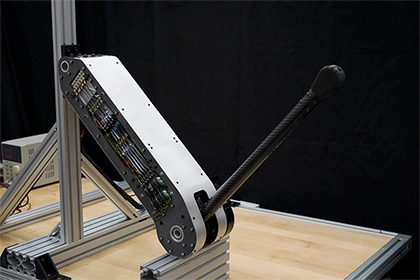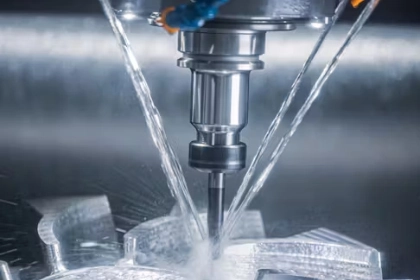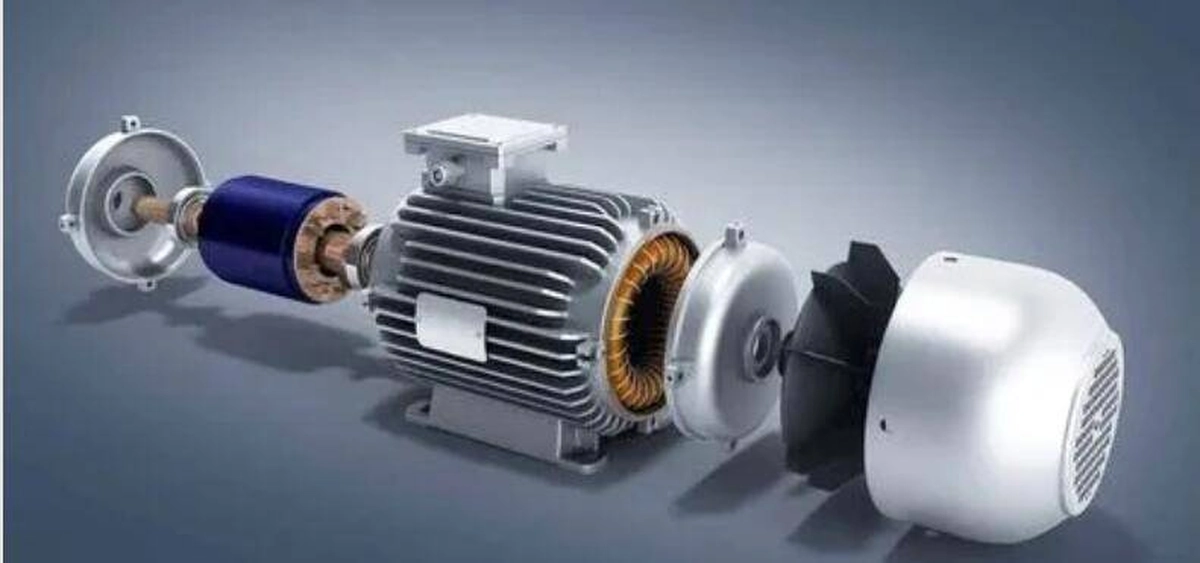- +86 19149417743
- Zhengzhou, Henan Province, China
- Mon-fri: 8am - 7pm
Get a quote
In the world of robotics and automation, motors play a vital role in converting electrical energy into mechanical energy. Two types of motors that are often used in modern technology are servo motors and stepper motors. While both are designed to provide precise movements, they differ in their operation, functionality, and applications. In this article, we will delve into the distinguishing features of servo and stepper motors, and explore their unique strengths and weaknesses.
Servo motors are a type of motor that uses feedback to control their position and speed. They are equipped with a rotary encoder, which provides information about the motor's position and speed. This information is then used to adjust the motor's speed and direction, ensuring that it reaches its desired position accurately and efficiently.
Servo motors are commonly used in applications that require precise movements, such as robotic arms, drones, and automated manufacturing systems. They are also used in applications where speed and torque are important, such as in electric vehicles and industrial machinery.
The Advantages of Servo Motors:
The Disadvantages of Servo Motors:
Stepper motors, on the other hand, are a type of motor that uses a series of electromagnets to rotate a shaft in small, precise steps. They are commonly used in applications that require precise movements, such as printers, scanners, and robotics.
Stepper motors work by using a series of electromagnets to rotate a shaft in small, precise steps. Each electromagnet is energized in a specific sequence, causing the shaft to rotate a set amount. This process is repeated to achieve the desired movement.
The Advantages of Stepper Motors:
The Disadvantages of Stepper Motors:
Comparison of Servo and Stepper Motors:
| Criteria | Servo Motors | Stepper Motors |
|---|---|---|
| Precision | High | Low |
| Speed | Fast | Slow |
| Torque | Limited | High |
| Cost | High | Low |
| Control | Complex | Simple |
In conclusion, servo and stepper motors are two types of motors that differ in their operation, functionality, and applications. Servo motors offer high precision and fast response time, making them ideal for applications that require accurate positioning and speed. However, they have limited torque and are generally more expensive than stepper motors. Stepper motors, on the other hand, provide high torque at low speeds, making them suitable for applications that require high torque. They are also easy to control and are generally less expensive than servo motors. However, they have lower precision and are limited in their speed.
 2024-08-30 16:01:40
Engineering
2024-08-30 16:01:40
Engineering
 2024-07-26 14:09:13
Engineering
2024-07-26 14:09:13
Engineering
 2024-07-18 09:42:00
Engineering
2024-07-18 09:42:00
Engineering